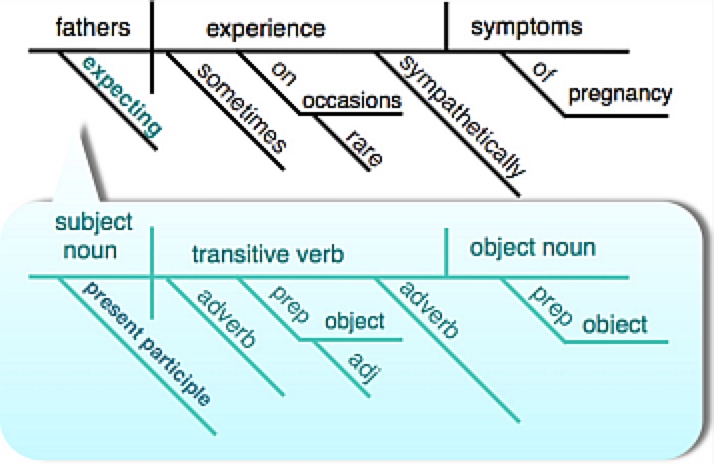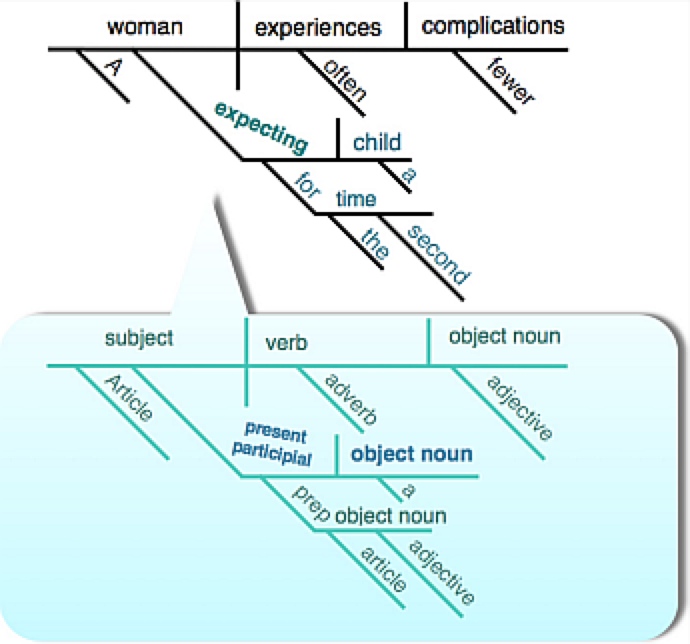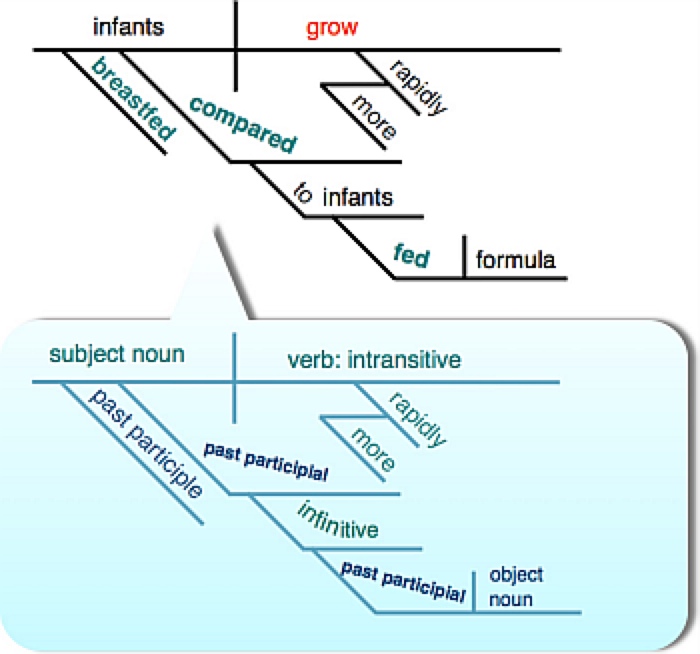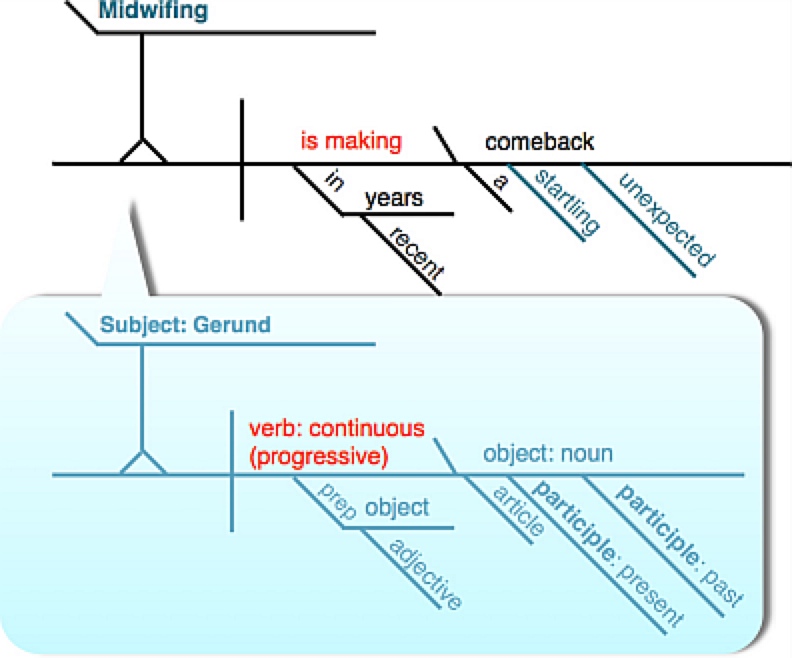
Karl J Sherlock
Associate Professor, English
Email: karl.sherlock@gcccd.edu
Phone: 619-644-7871

A PARTICIPLE is a verbal modifier ending in "-ing" or "-ed," depending on whether it is a PRESENT PARTICIPLE or a PAST PARTICIPLE. The "-ing" ending is also an ending used in the continuous tense form of verbs, and an "-ed" ending is used with the perfect tense form of verbs. This provides a clue as to the role of a participle: it describes something involved in an ongoing or completed activity. For example, "a rolling barrel" or "a tuned piano" use the verbs "roll" and "tune," respectively, to describe the active state of a barrel and a piano.
Because a participle "describes a person, place, thing, or concept," it is by definition a kind of ADJECTIVE.
Additionally, a participle is grouped with any objects or complements that might follow it (if it isn't derived from an intransitive verb, that is). When this happens, it becomes a PARTICIPIAL PHRASE.
Novices in the concept of verbals find it difficult to distinguish a present participle from a gerund because both of them use the continuous tense ending "-ing." (See below for more about the verb tense.) This is understandable, and the more students practice recognizing nouns and adjectives in their reading and in their own writing, the more easily they may distinguish participles from gerunds. The simplest way to determine the difference is to apply the basic questions that identify nouns and adjectives:
If it answers the question "What?" or "Who?" then it's a noun, and all gerunds are nouns.
What is making a comeback? Dancing is. "Dancing" is a gerund.
If it answers the question "What's it like?" "Which?" or "What kind?" then it's an adjective, and all participles are adjectives.
Which couple? The dancing couple, so "dancing" is a participle.
Truthfully, all continuous (or, progressive) tense verbs in the English language are a combination of the linking verb "be" and a present participle serving as the adjective complement:
It's a matter of accepted convention that the progressive form of a verb is treated as a verb tense. However, all grammar is a matter of accepted convention, and you simply have to make yourself used to it through memorization and practice.
That being said, not all participles are continuous tense verbs. Remember, participles are not actions; rather, they describe the active quality of something. Therefore, as with gerunds and participles, you can use question words to make the distinction:
If it answers the question "What action is occurring (happening, doing, being, etc.)?" then it's a verb.
What will the couple be doing? They will be competing, so "competing" is the base verb in the progressive tense (and "will be" is an auxiliary verb indicating its future tense).
If it answers the question "What's it like?" "Which?" or "What kind?" then it's an adjective,and all participles are adjectives.
Which couple? What kind of couple? A waltzing couple. Therefore, "waltzing" is a participle, not a verb in the progressive tense.
Past participles are blessedly simple in comparison to present participles. They are derived from the perfect verb tense, which answers the question, "What has occurred?" and always starts with a form of the auxiliary verb "have" then finishes with a past tense form of the base verb.
A past participle verbal will utilize only the perfect tense base verb, not its auxiliary, and it does so in a way that describes in answer to the question, "Which?" or "What kind?"
In this example "completed" is not part of the action of the clause; rather, "submitted" is. Instead, "completed" describes which assignment, or what kind of assignment was submitted. As with all participles, this past participle modifies a noun ("assignment") instead of conveying action or carrying over onto an object. Diagramming the placement of a past participle will help to demonstrate its modifying role more clearly.
As with gerunds, a participle is represented on a sentence diagram, both, as a modifier and as a verb-like part of speech: it's placed under the noun or noun phrase it modifies, starting with a diagonal line; however, because the verbal modifier also derives from a verb, it's placed on a straight horizontal line the way other verbs are. Here are some illustrations. (Underlined and bolded words are participles. Other words in bold are part of the participial phrase.)




Karl J Sherlock
Associate Professor, English
Email: karl.sherlock@gcccd.edu
Phone: 619-644-7871

8800 Grossmont College Drive
El Cajon, California 92020
619-644-7000
Accessibility
Social Media Accounts